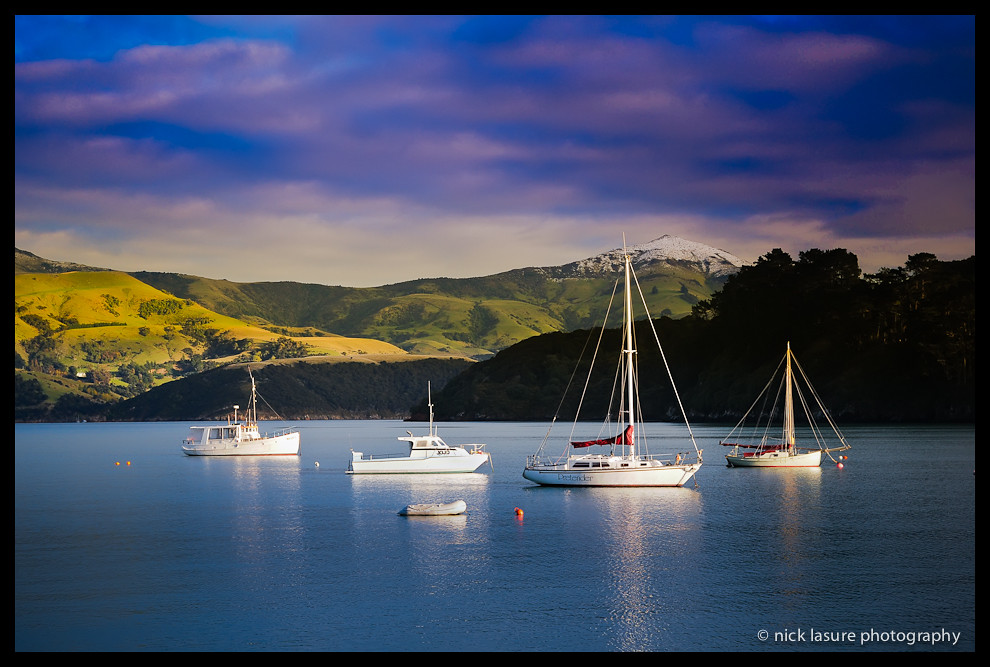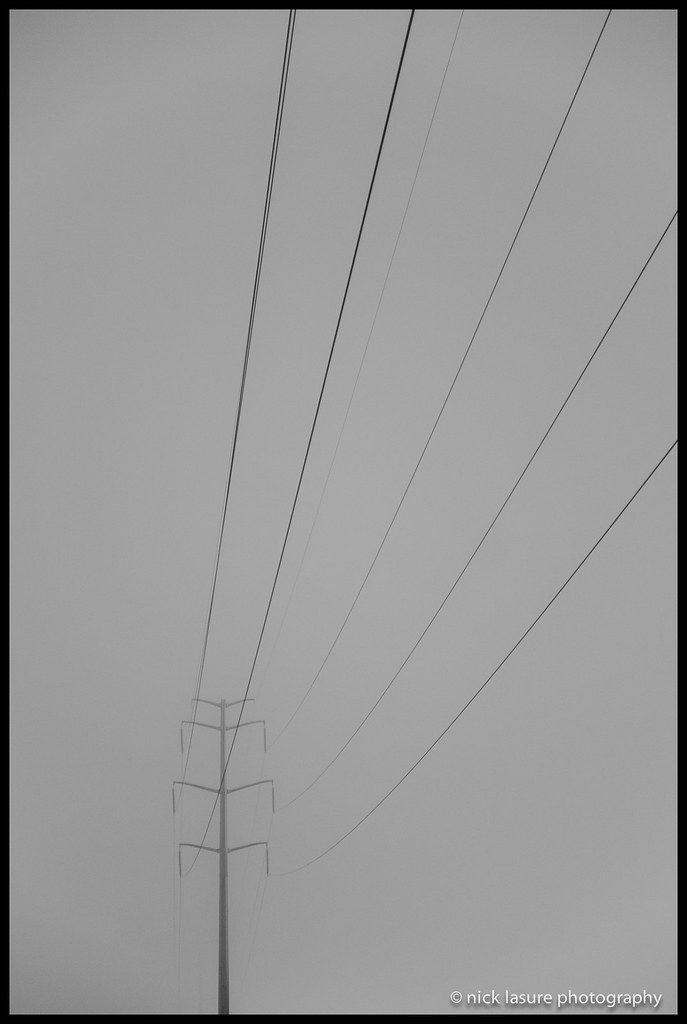As a photographer, I'm commonly asked "which camera should I buy?". While flattering that folks believe my retail camera knowledge is at least half way decent, it is not an easy question to answer. Probably 99% of the time my answer is, "it depends!", since it is nearly always a contextual question. I like to dig deeper before answering by asking specific questions. Such as are you wanting to get into photography as an art medium or perhaps new parents wanting to capture your newborn's adventures or how about a mountain biker wanting to capture stellar shots on the local trails? While I could likely write a novel's worth of camera recommendations for all levels of photographers, I'm going to do my best to divide the question into a three part series. I'll make the disclaimer that I am a Nikon junkie, so while I'll reference some of my own gear & favorites I'll also branch out and give some non-Nikonian recommendations as well.
Before we get started, one very important aspect to consider is how the camera 'feels' to you. To see what I mean go to your local camera store and actually use the camera you plan on buying. Intuitive use of features and easy access to menus is very important in overall camera satisfaction. One of the primary reasons I've been shooting Nikon products is that their SLRs just made sense to me when I started out. Everything from ergonomics to menus to physical controls on the camera body matters. So make sure the camera fits with your style and sensibilities! Then come back and be sure to purchase it from your local store! So, without further ado…
If you are…not wanting to spend an atrocious amount on a new camera, not interested in advanced picture taking but still want good photos that you can easily share or print: then it's time for a nice point & shoot. Don't go too cheap here, but rather spend right around the $250-350 mark and you should be fine. The nice thing about technology and cameras, something that used to to cost $450-600 now costs half the price and takes better pictures. The evolution is on-going and nowadays you can get some pretty snazzy results from entry level cameras. Features such as face recognition, HD video, smile detection, in-camera editing, waterproof, easy printing, touch screens and even social sharing are all offered at this price point. You just have to figure out which functions you really desire.
My primary recommendation at this price point is going to be the Panasonic Lumix DMC-ZS20.

The ZS series from Panasonic has a history of making great images at a great price point. It incorporates a Leica lens (high quality) and records in HD video for those interested.
I've used this camera in the past myself, and loved it's easy to use controls and features. Picture quality, auto-focus and zoom were all quite good at this price point. Other handy features include image stabilization, in-camera editing, continuous frame shooting up to 10fps, and HD video.
Below is a short list of other cameras to consider at this price point and generally in the user-friendly category:
Stay tuned for the next post on the "Which Camera Should I Buy?" series! We'll focus on SLRs next time which will be the high end of my recommendations. I'll then wrap up the series with the 'middle of the road' recommendation for those of you not wanting to step up to an SLR just yet.









